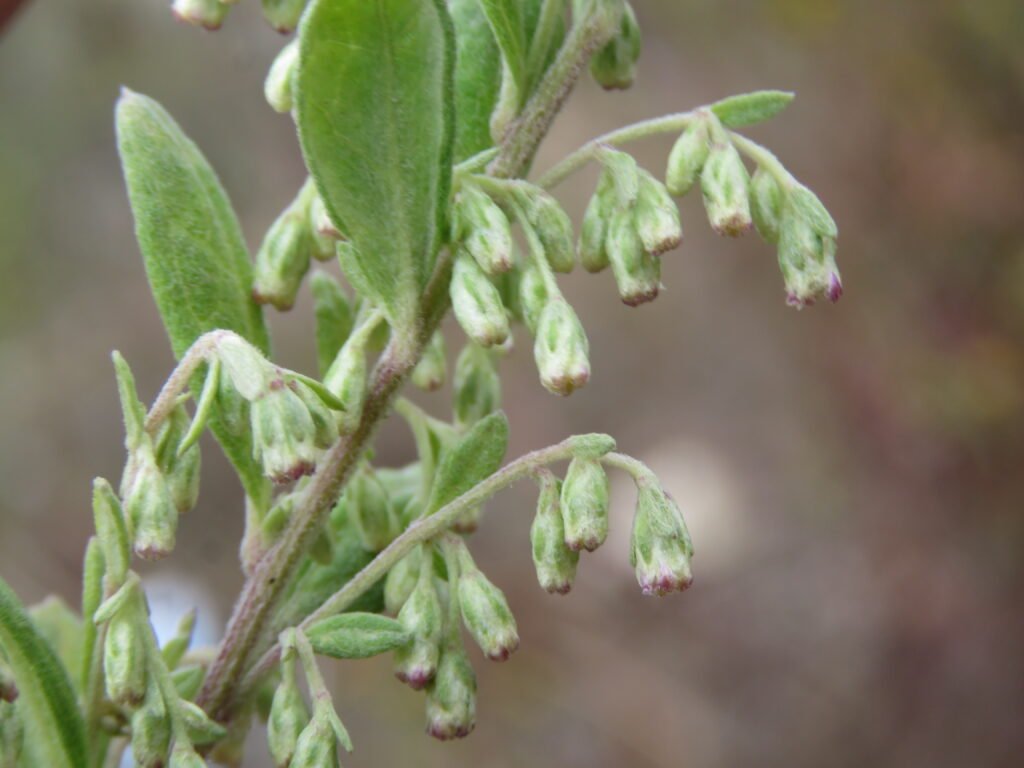The world is brimming with secrets hidden in leaves, roots, and wildflowers—wisdom that once shaped the lives of entire civilizations but now teeters on the edge of oblivion. Imagine a time when a grandmother’s remedy could soothe fevers more quickly than a pharmacy, or when an entire village depended on the knowledge passed from elders to survive harsh winters and disease. Today, much of that ancient plant wisdom is slipping through our fingers, overshadowed by modern medicine and lost languages. Can we rescue this precious legacy before it vanishes forever, or will it become just another forgotten story buried beneath concrete jungles? The race to rediscover and restore this knowledge has never felt more urgent—or more inspiring.
The Roots of Traditional Plant Knowledge
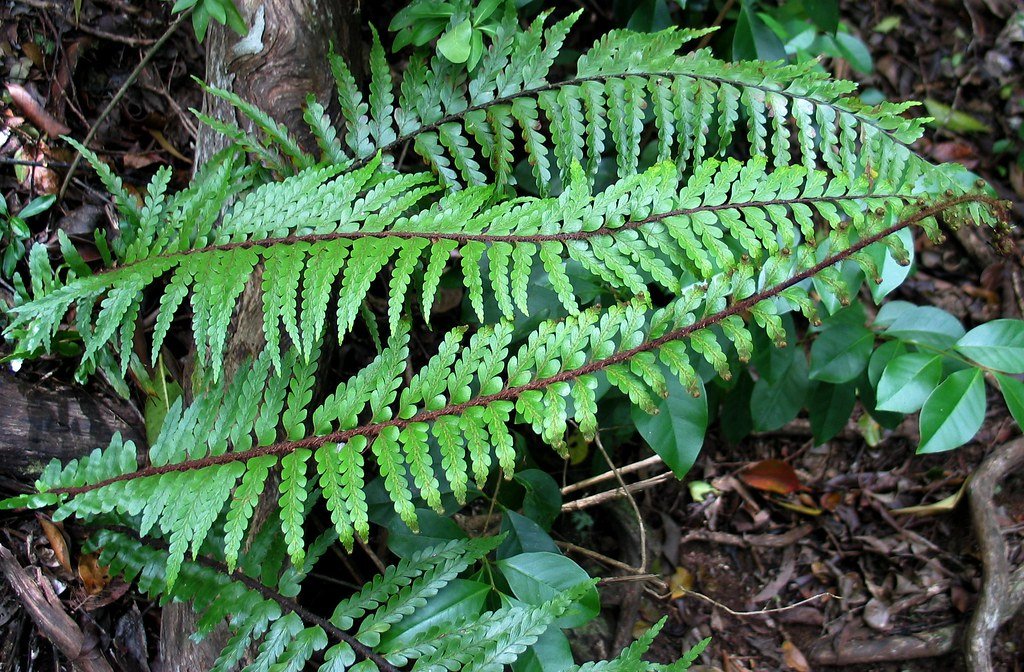
Traditional plant knowledge is like a living encyclopedia, carried in the memories and practices of Indigenous peoples and rural communities. For thousands of years, these groups have observed, experimented, and cataloged the uses of countless plants—sometimes for healing, sometimes for food, and sometimes for sacred rituals. This wisdom is often unwritten, passed down in stories or daily chores, making it incredibly fragile. As elders pass away and younger generations move to cities, the chain of knowledge weakens. The sheer age and depth of this information, built up over centuries, make its potential loss all the more heartbreaking.
Why Plant Wisdom Matters in a Modern World

In a high-tech age, it might seem odd to look back at old remedies or wild edibles. But plant wisdom holds the keys to resilience—especially as we face new diseases, climate change, and food shortages. Many modern medicines, from aspirin to quinine, began as folk remedies. The Amazon rainforest, for example, is a pharmacy in itself, with thousands of species still unstudied by science. Reviving plant wisdom isn’t just about nostalgia; it’s about survival, innovation, and finding solutions that nature has been perfecting for millennia.
Stories Lost in Translation
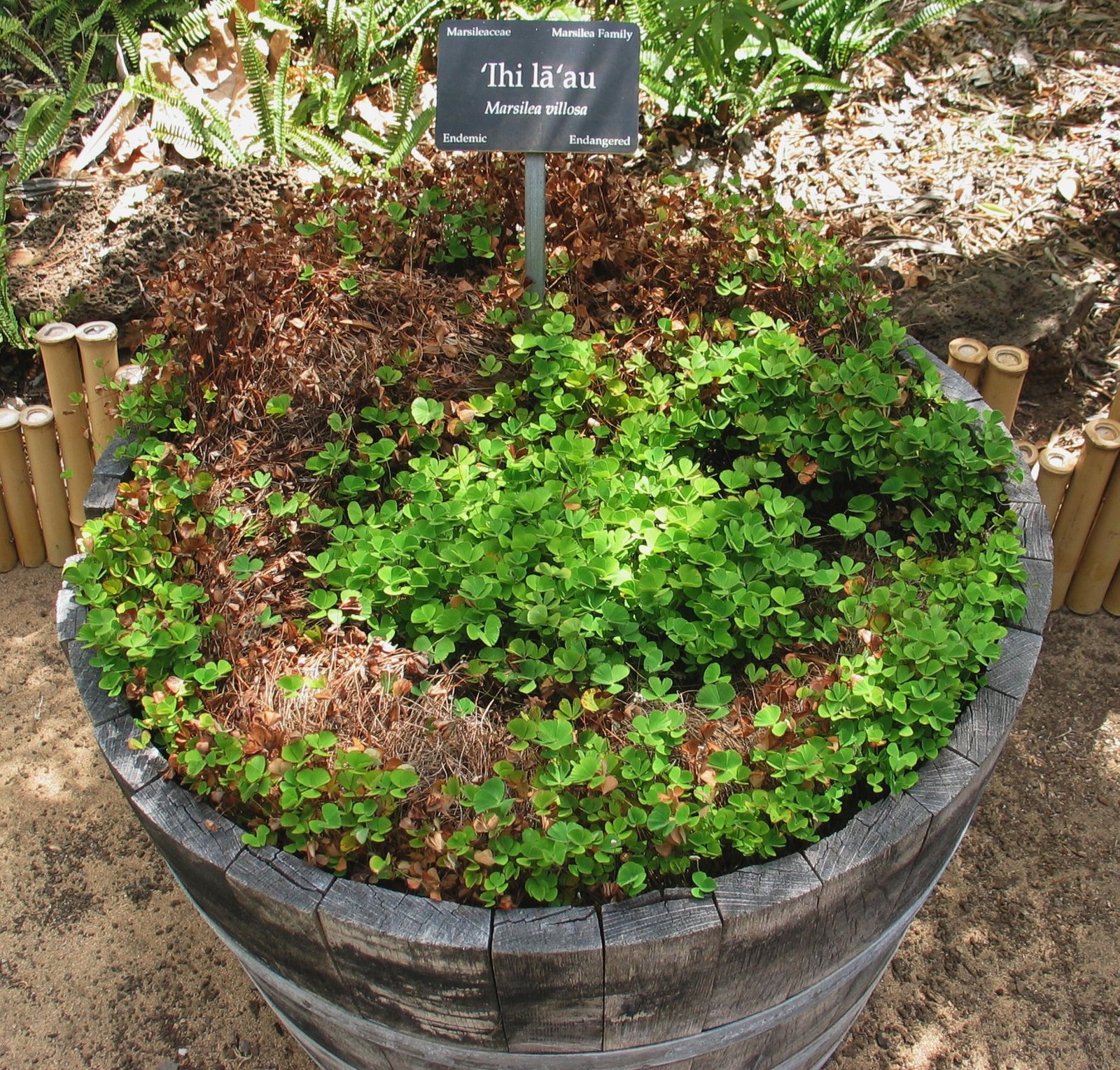
One of the saddest truths is that traditional plant knowledge is often encoded in languages that are themselves endangered. When a language dies, so does the unique way of understanding and describing the natural world. The word for a healing plant in one tongue might not exist in another. This linguistic loss creates a double blow: not only do we lose the words, but the detailed instructions and cultural context that make plant wisdom effective vanish too.
From Forests to Pharmacies: Lessons Unlearned

There’s something almost magical about the way Indigenous healers and rural herbalists can walk through a forest and identify dozens of useful plants. Yet, for many of us, a walk in the woods is just a stroll through green anonymity. Scientists now realize that these “green libraries” are packed with clues for curing cancer, fighting infections, or even treating mental health. Sadly, without urgent action, we risk losing these lessons before we even realize what we’re missing.
The Science Behind Ancient Remedies

Research teams today are racing to analyze the chemical compounds in plants used by traditional healers. Sometimes, what seemed like superstition turns out to have a solid scientific basis. For example, the Madagascar periwinkle led to breakthrough cancer drugs, and willow bark gave us aspirin. Modern science is only scratching the surface. The more we dig, the more we see that ancient remedies often hold real, testable power—if only we take the time to listen and learn.
Climate Change: A New Threat to Old Knowledge

As the climate shifts, the habitats where traditional plants grow are changing—or disappearing altogether. Plants that once grew in abundance may now be rare, or gone from certain regions. This makes it even harder for communities to maintain their plant knowledge, and for scientists to study these species before they’re lost. The pressure to adapt quickly is mounting, and with every lost species, a chapter of plant wisdom closes for good.
Guardians of the Green: Indigenous Knowledge Keepers

Across the globe, there are still pockets of people who act as guardians of plant wisdom. These are often Indigenous elders, herbalists, or shamans who carry the stories of their ancestors in their hearts and hands. They know which bark can lower a fever, which root can soothe a cough, and which flower’s essence can mend a broken spirit. The world owes these knowledge keepers a debt, yet too often, their voices are ignored or exploited rather than respected and protected.
The Race Against Extinction
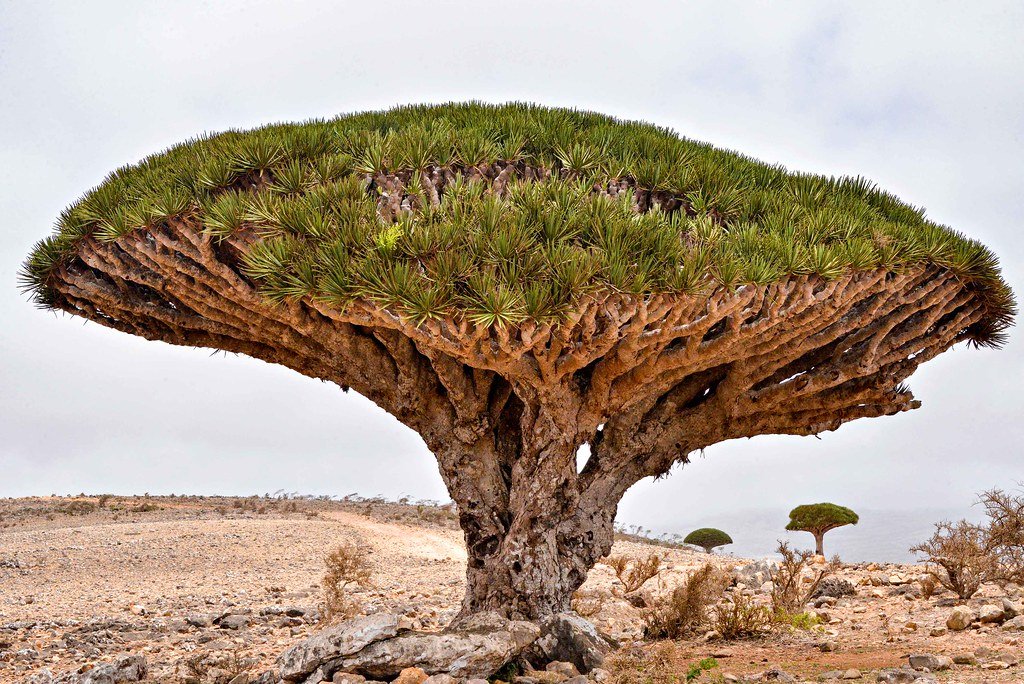
It’s not just the knowledge that’s at risk; the plants themselves are disappearing. Deforestation, pollution, and unsustainable harvesting are wiping out rare species. In a cruel twist, some plants are being “discovered” by pharmaceutical companies just as their wild populations are collapsing. If we don’t act quickly, both the plants and the wisdom surrounding them will become extinct, leaving only a haunting silence where vibrant ecosystems and cultures once thrived.
Modern Herbalism: A Bridge or a Mirage?

In recent years, herbal medicine has made a comeback in wellness circles. Health stores are filled with teas, extracts, and supplements boasting ancient roots. But there’s a risk of oversimplification—or even exploitation. Commercial herbalism often strips away the cultural context and deeper understanding, reducing complex traditions to a mere trend. Reviving plant wisdom is not about turning every weed into a pill; it’s about respecting the knowledge, context, and stewardship that come with it.
Science Meets Storytelling: Recording Plant Lore

One of the most effective ways to save plant wisdom is to record the stories and practices of those who still remember. Ethnobotanists travel to remote villages, sometimes sitting for hours with elders to document every detail. These interviews and field notes become lifelines, preserving not just the “what” and “how,” but also the “why” behind each plant’s use. It’s a race against time, but every story saved is a victory for future generations.
Healing Beyond the Body

Traditional plant wisdom isn’t just about treating physical ailments. In many cultures, certain plants are used to heal the mind and spirit, to mark rites of passage, or to foster community bonds. The calming scent of lavender, the ceremonial use of sage, or the comforting taste of chamomile tea—these are reminders that plants have always played a role far beyond the doctor’s office or pharmacy shelf.
Women: The Unsung Healers

Historically, women have been the main keepers of plant knowledge in many societies. Grandmothers, mothers, and daughters shared recipes for healing teas, salves, and poultices. Their expertise kept families healthy long before hospitals and clinics existed. Yet, as societies modernized, much of this wisdom was dismissed or ignored, and women’s roles as healers were often undervalued. Reviving plant wisdom means recognizing and honoring these unsung heroines.
Digital Archives: Saving Wisdom One Byte at a Time

Technology is becoming a surprising ally in the fight to save plant wisdom. Digital archives, interactive apps, and online herbariums are helping record and share information once passed by word of mouth. While nothing replaces the intimacy of learning from an elder, these tools give new generations a way to reconnect with their roots—sometimes literally. It’s not a perfect solution, but in a world where time is short, every bit helps.
Ethics and Respect: Who Owns Traditional Knowledge?

There’s a tricky question at the heart of reviving plant wisdom: who gets to use it, and who benefits? Too often, companies profit from traditional remedies without giving credit or compensation to the communities that kept the knowledge alive. True revival means respecting the rights and wishes of those who share their wisdom. It’s about partnership, not plunder—a lesson scientists, businesses, and individuals must remember.
Finding New Cures in Old Places
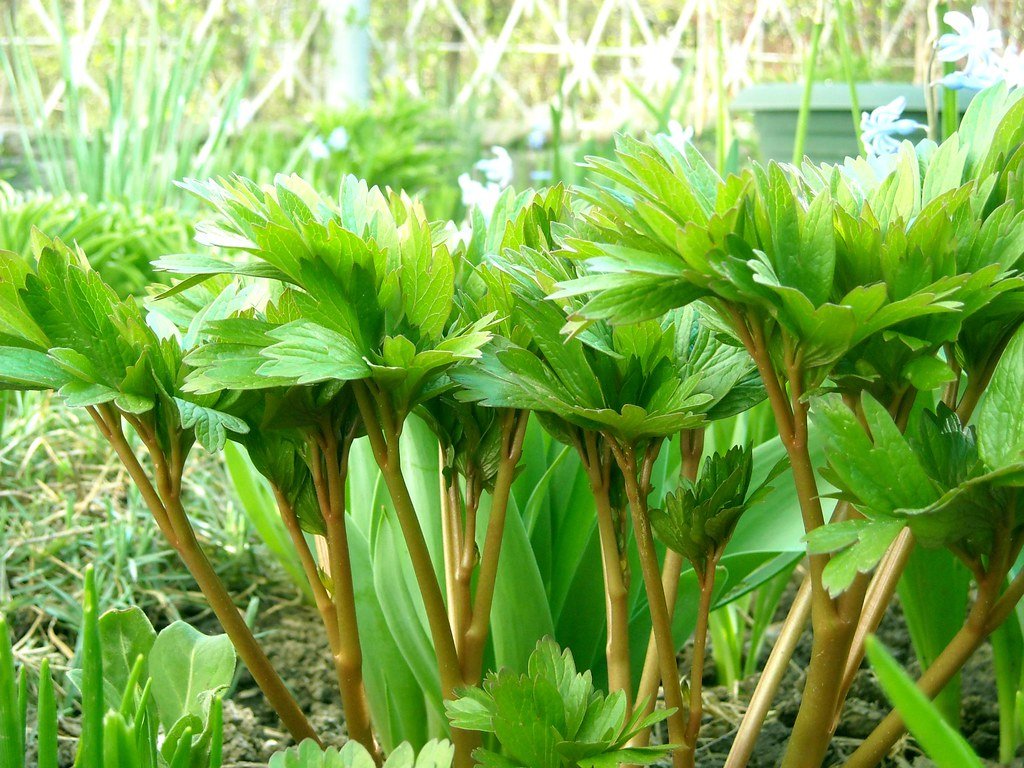
Some of the most exciting scientific breakthroughs come from looking where others have forgotten. Researchers are now exploring remote mountains, rainforests, and deserts in search of plants that could yield new antibiotics or cancer treatments. Every expedition is a gamble—sometimes you find nothing, sometimes you strike gold. The thrill of discovery is matched only by the sobering thought that we could lose these treasures before we ever find them.
Nature Deficit: Why We’re Forgetting
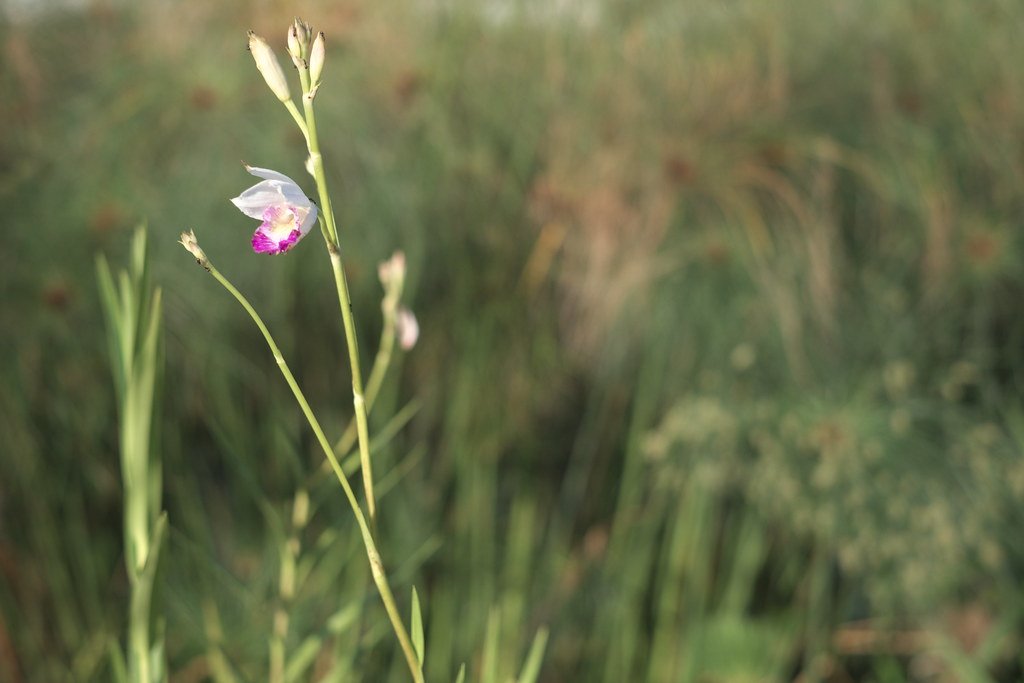
Many of us are more familiar with packaged snacks than with the wild berries that grow in our own backyards. Urbanization and lifestyle changes have created a “nature deficit,” cutting people off from the plants that once shaped their diets and health. Reconnecting with nature isn’t just a romantic idea—it’s a practical way to revive lost knowledge. Even a simple walk in a park can be the first step toward rediscovering the wisdom hiding in plain sight.
Children and the Future of Plant Wisdom

The survival of plant wisdom depends on the next generation. Schools and parents have a huge role to play in sparking curiosity about the natural world. Gardening projects, foraging walks, and story-sharing sessions can ignite a lifelong interest in plants. If children grow up knowing the names and uses of local herbs, the chain of wisdom will stay strong. They will become the new storytellers, healers, and guardians.
Cultural Resurgence: Plant Wisdom as Identity

For many communities, reviving plant knowledge is part of a larger movement to reclaim cultural identity. Learning about traditional plants is a way to reconnect with ancestors, rebuild pride, and resist cultural erasure. It’s not just about health—it’s about belonging, resistance, and hope. Around the world, festivals, workshops, and community gardens are bringing people together to celebrate and share their unique plant heritage.
Small Steps, Big Impact
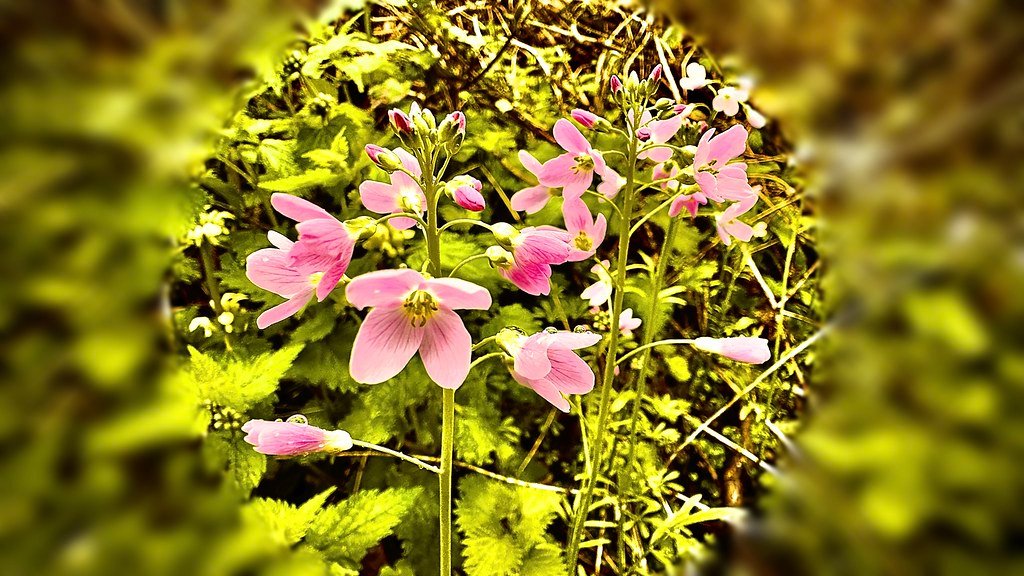
You don’t have to be a scientist or a shaman to help revive plant wisdom. Small actions—like planting native herbs, supporting local healers, or simply asking elders about their favorite remedies—can make a difference. Every person who reconnects with plant knowledge becomes a link in a much larger chain. Each step, no matter how tiny, helps keep the world’s forgotten plant wisdom alive.
What Will We Choose to Remember?

The clock is ticking, but the outcome isn’t set in stone. The next chapter of plant wisdom is still being written, and each of us can play a part in shaping it. Will we let these green secrets slip away, or will we listen, learn, and revive the gifts our ancestors left us? The power to remember—and to restore—lies in our hands.

